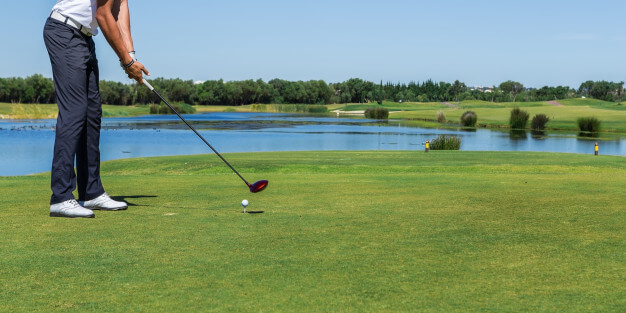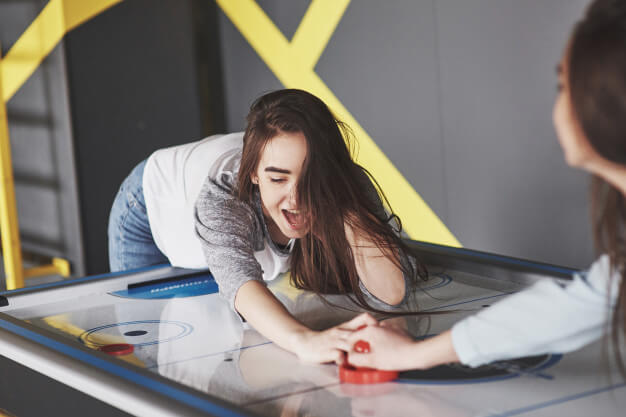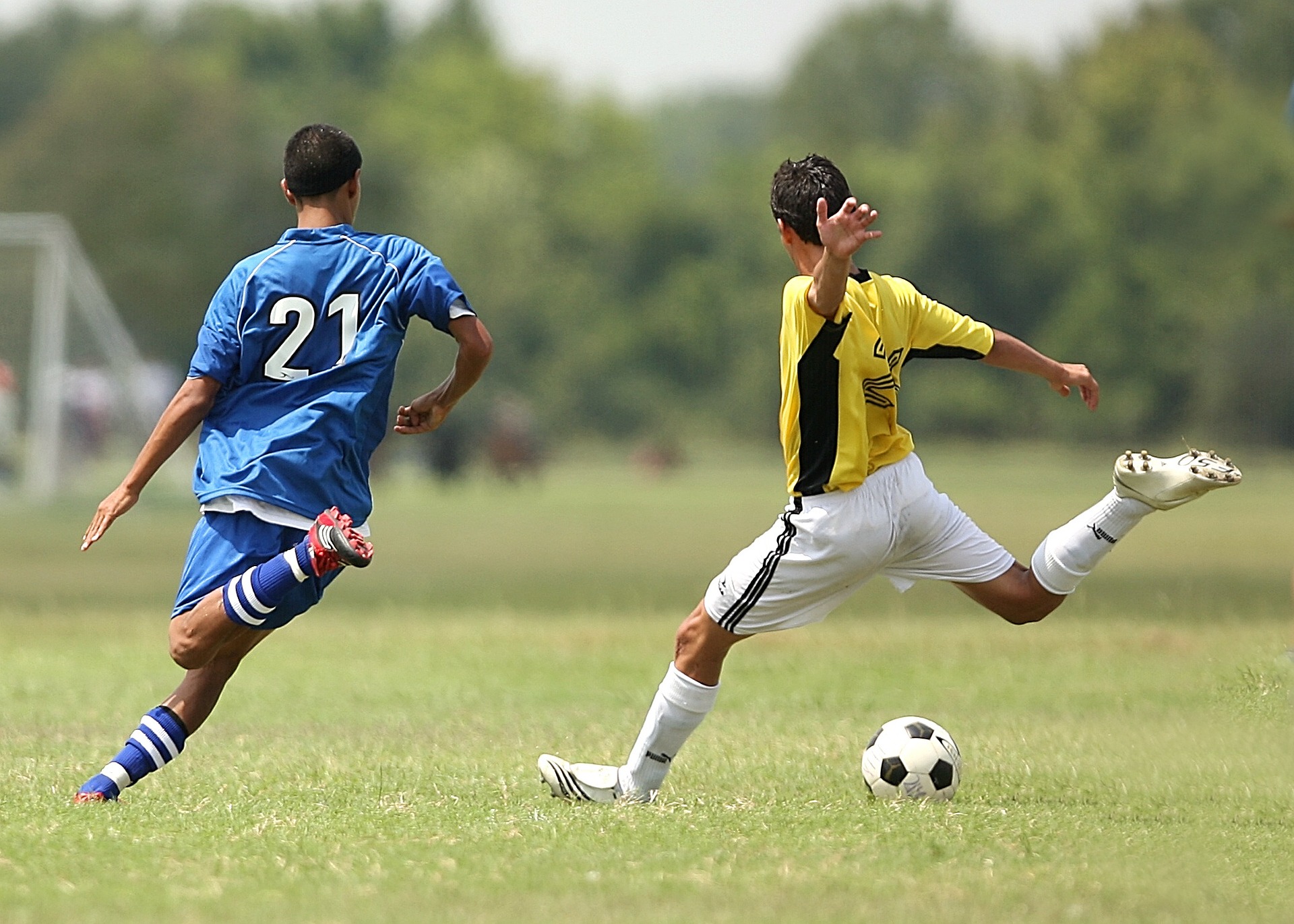We shall be making a bold attempt to take a very critical look at the launch monitor. How best can they be used? There are many golfers out there that do not know how to get the best benefits out of this device because they do not understand the technology involved in the first place.
How does this technology work? Above every other consideration, what is their role in golf at the present moment? You will get to know all these during the course of this educative article on golf.
The Facts Of The Matter :
You have to get this straight; there is no launch monitor that will go into the elementary details of telling you what to do with it on the golf course. The best that you can get from them is knowledge of what will happen; no more no less.
The second truth which you must bear in mind is the fact that you have to train your patterns. The focus is not on the incidents. There is a mistake that golfers and even the coaches make; they more often than not fix their focus on a single shot. That is the wrong way to go about it; the determined focus should be on an intervention based on a pattern. The intervention should never be based on a single shot.
The Key Performance Indicator :
You are expected to determine the key performance indicator before an intervention. It is expected of you to drill it down to the lowest common denominator. You are expected to determine on that particular area of your focus that you desire to change and you have to focus on that piece of data. Knowledge of the tricks involved in golf swing analyzers is a must.
Avoid using tons of data points because it will involve hitting several shots which will end up distracting you at the end of the day. You will end up having tons of figures that have no correlation to real performance.
Common Launch Mistakes To Avoid :
When you make a mistake in the launch; you will definitely experience failure from the word go. These two common launch mistakes must be avoided:
You do not need too many data. Golfers are in the habit of displaying and at the same time working on too many data points. It will lead to confusion.
Another mistake made by golfers is their attempt to zero out other golfers. That is the wrong way to go about the issue. The focus should be on an intervention based on a pattern not on the individual golfer.
People will see all the data points from the launch monitor and they will make a concerted attempt to make a whole lot of zeros to flash up on the board. This is a wrong focus for any player; it should not constitute an object of focus for any player on the course if the player wants to be on top of the game.
The above represents the basics of the golf swing launch. When you get it right; you will operate at the very top of the game.
Read Also :






















